Opal’s Stephanie Coombes is ‘turning the tide’ against organised shoplifting gangs, via retailer collaboration, intelligence and training
When Stephanie Coombes returned to work two years ago after maternity leave, her boss told her lightheartedly he had “a little project” for her.
She’d been working at Opal, the national intelligence unit for organised acquisitive crime since 2019, but this project was not “little”. And it was also very different from her previous roles, which focused on organised crime across burglary, robbery, vehicle theft, and infrastructure and metal crime.
With funding from both the Home Office and retailers in the Project Pegasus partnership, she was being asked to lead a new Organised Retail Crime team of police intelligence analysts to build a national picture of organised shoplifting gangs operating across the UK.
It was a “whole new world”, Coombes admits, but two years later, “here I am. It’s my entire life”.
It’s a good thing too: theft keeps rising, with over 20 million incidents costing retailers £2.2bn in 2023/24 – up from £1.8bn the previous year [BRC]. And while petty shoplifting steals headlines, many incidents are linked to organised crime groups (OCGs) who systematically target and rotate around stores.

Born: Birmingham
Lives: Worcestershire
Age: 33
Family: Husband, two chaotic but amazing boys and two cats
Potted CV: 12 years in policing with the majority in intelligence roles
Career highlight: Development, launch and growth of the ORC team within Opal
Best advice received: Don’t ever let your creativity be stifled
Item you couldn’t live without: Pepsi Max and jalapeños (not at the same time!)
Hobbies: Mountain biking and baking
Favourite book: Harry Potter and the Order of the Phoenix
Favourite restaurant: Impasto – a lovely Italian restaurant in Worcester
Dream holiday: Costa Rica
Favourite film: The Proposal
Favourite album: Lungs, by Florence + the Machine
Pet peeve in police intelligence: Doing things the way they’ve always been done
“Sometimes retail crime is seen as low-level shop theft, but organised retail crime is serious: it has international networks, hierarchies and exploitation. Those factors aren’t always widely understood, but [the creation of] this team shows police are prioritising the issue,” Coombes says.
“By working with retailers and connecting the dots, it shows it’s a national job and not just happening in a silo. It creates weightier charges and better sentences.”
It’s been one year since the new team began collecting intelligence from retailers – with most referrals coming from supermarkets – and it’s already made a “massive difference”, says Coombes. “Much more than we ever thought we’d be able to do.”
More Big Interviews:
-
Beyond Unilever: Alan Jope on soap, slavery, and the supply chain
-
Russell Bisset: how Northern Monk is keeping the faith
-
Freja bone broth founders: ‘the stock cube deserves to be killed’
-
How Simon Duffy hopes to make Waken ‘the next Colgate’
There have been 148 arrests so far, with 33 court outcomes resulting in custodial sentences and deportations of high-harm individuals or groups. These criminals were responsible for £8m worth of loss across the retail sector. And for the OCGs identified through Opal’s work, there’s been a 50% reduction in offending since 1 May 2024,After years of relative inertia from the police, the collaborative effort is “coming at this from a different angle and shows we really care about the impact on [retailers’s] staff and businesses”.
So what is it about the job that appeals? And how has she gone about building this new capability?
Pieces in a puzzle
Coombes’ passion is palpable. And she revels in the intricacies of police intelligence. “It’s about finding that little piece of the puzzle that makes everything fit,” she says. “It can be the smallest of things, yet it opens up an entire investigation – and that, I love.”
Understanding intelligence clearly comes naturally, but as the new unit was “a blank slate”, she did have to navigate a sense of the unknown. So solid engagement with retailers was critical from the off.
“We started from the bottom,” she says. “We had no idea what the demand would be or what intel retailers held, so a big part of my work has been sitting with retailers to understand their business and how they approach crime – and vice versa.”
As the operation has progressed, the Opal team has introduced new ways to keep retailers engaged and informed, such as sending out monthly bulletins with info on emerging trends and threats, operational activity and “all the people they need to be looking out for”. It also chairs intelligence sharing groups with retailers.
“They don’t need to share their losses or other sensitive information, but it’s a space for them to talk about their challenges and their tactics,” says Coombes.
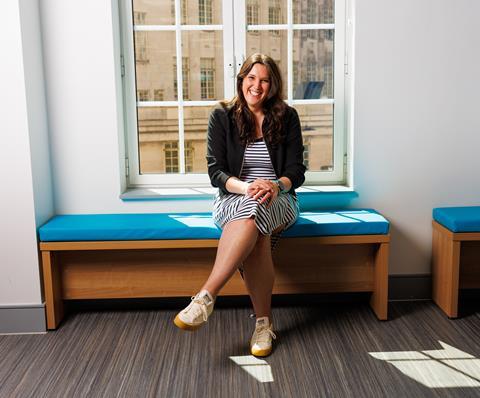
Understanding the threat
This brings many benefits. “The more they feel this service is there for them, to protect their businesses, the more they’ll report into us. That then helps us understand the threat picture.”
The quality of evidence is key. That’s why it’s devised a checklist for retailers when doing their reports. Details requested include: number of OCG members; estimated financial loss; targeted items; number of business locations impacted; and any aggravating factors. But Coombes says retailers shouldn’t be put off by the level of detail needed.
“There’s a fear they won’t meet the criteria to do referrals, but we’re here to support and develop their intelligence journey. There’s always something we can do. They just need to pick up the phone.”
Opal also plans to host training sessions for retailers and local police to help them spot signs of organised behaviour. “A lot of the time they don’t know it’s an OCG hitting them,” she says. “And we want to capture these organised criminals as early as possible.”
More on crime:
-
Iceland adds ‘steak dispensers’ to stores to combat theft
-
How AI is solving the self-checkout shoplifting epidemic
-
Shop thefts recorded by police soar 20% in a year
-
Fresh & Proper slashes theft by offering police free hot drinks
It’s also planning to put more resources on the “upstream angle” of organised criminal networks. “We’ve been able to do a lot of work on taking those high-harm individuals out of stores. Now we’re looking more at how they’re being funded, what the structures and financial models of the groups look like, who recruits them and how, and if they’re international,” Coombes reveals. “Taking out offenders at the top of a network means lots of groups that are invariably interconnected are taken out long term.”
Government is doing its bit, too, providing a further £5m over the next three years to extend Opal’s capacity. Coombes says this will help the team add more intelligence development officers and analysts.
“These officers bring together the immediate intelligence picture and liaise with the forces to co-ordinate national activity, while the analysts focus on understanding the hierarchy, structure, operations and networks of the OCGs,” she explains.
As Opal takes its operations further upstream, the fight against organised retail crime appears to be in safe hands (and eyes and brains). Coombes is certainly optimistic about its future prospects. But also realistic.
“I don’t think you’ll ever end organised criminality, but I think you can change the way it’s approached, and that has a deterrent effect,” she says. “Organised retail crime groups weren’t expecting this response, and this collaboration is turning the tide.”

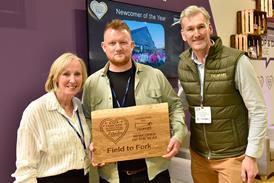
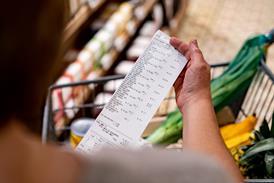




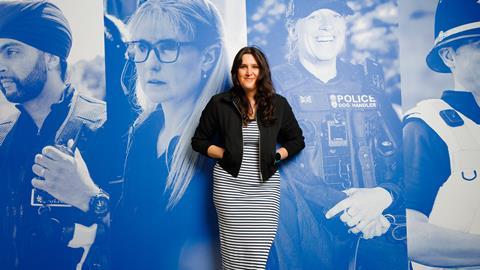

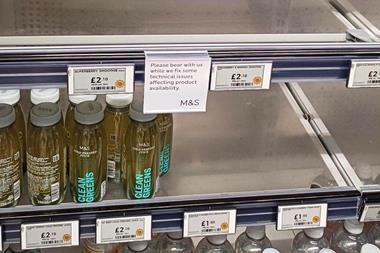
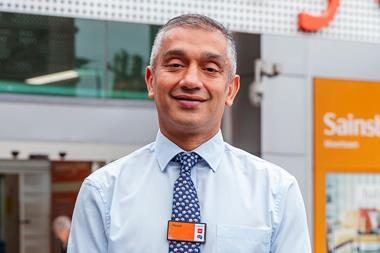
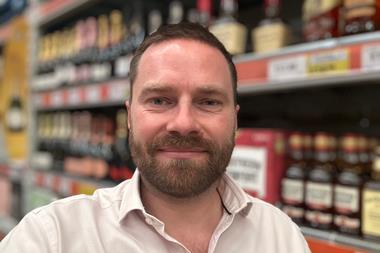
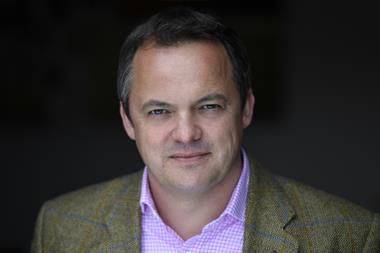
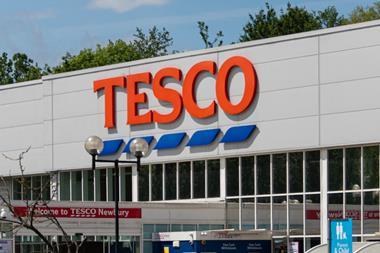
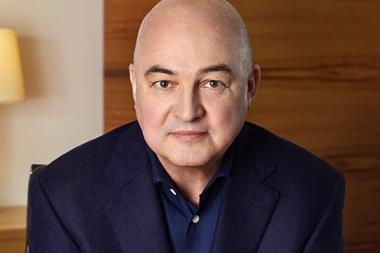
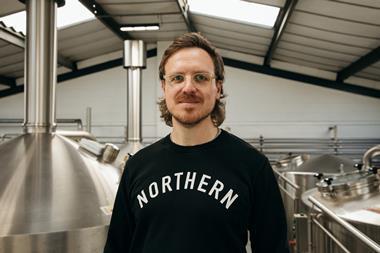

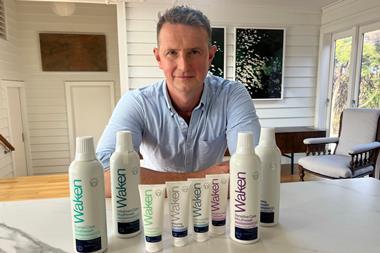

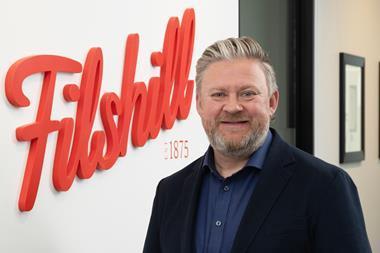
No comments yet